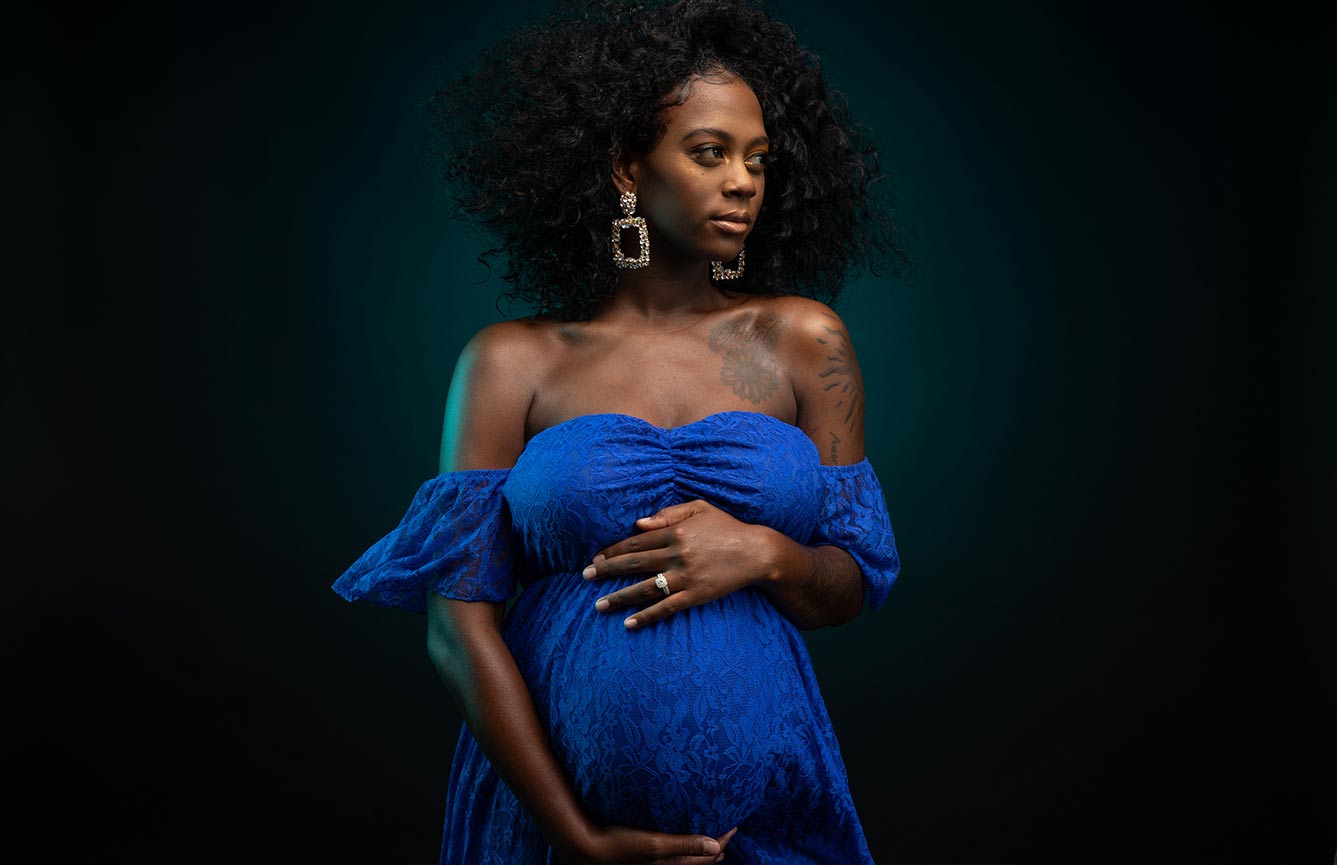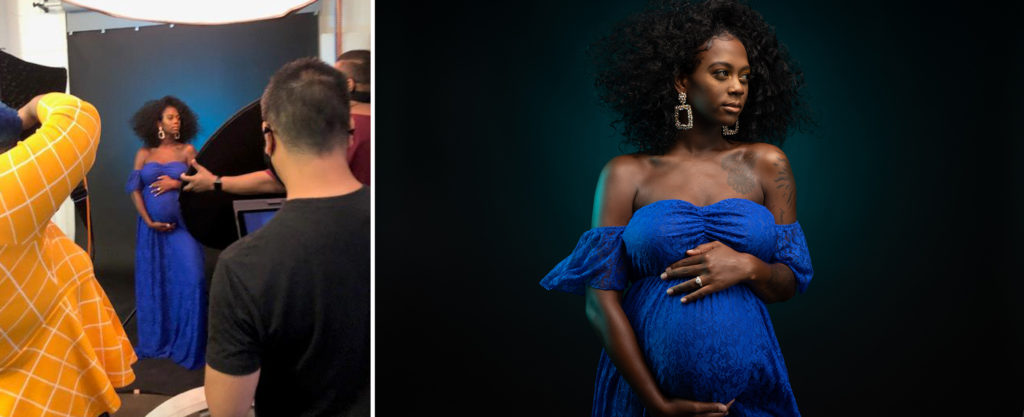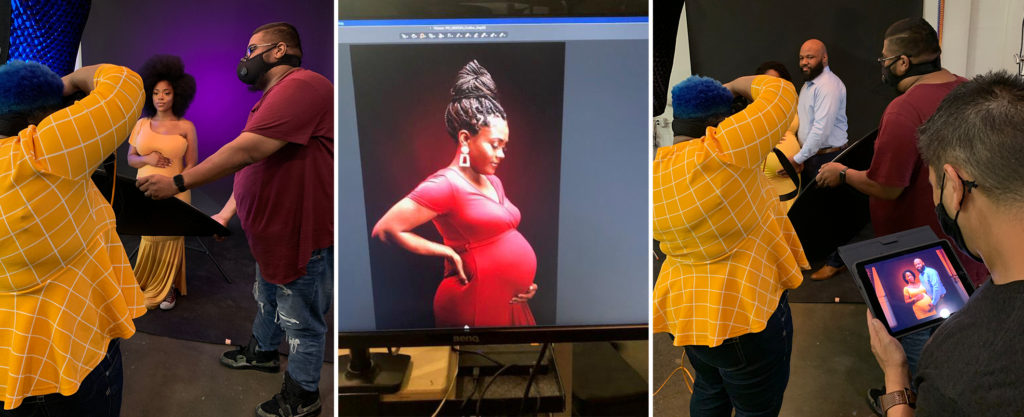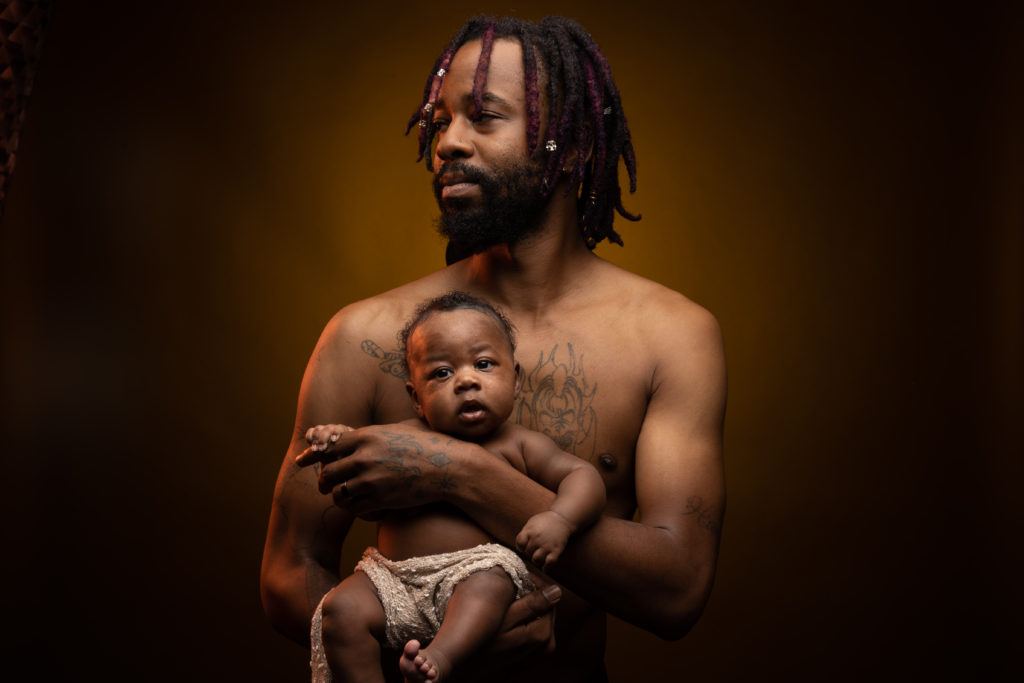
A Creative’s Guide to Photo Shoots: How to Embrace the Chaos

We’ve done a photo shoot once or thrice… roughly. Below are some of what our Creative team thinks about before, during, and after each shoot. Take it with a grain of salt, no one shoot is the same. Just like a wedding, you’ll plan for everything to be perfect. It may not seem to go exactly as you planned but when you look back, the photos will be better than you thought.
The Shot List – It’s super important

The shot list is the lynch pin to the whole operation. It is what a photographer needs to give us an accurate estimate. The shot list helps determine the location, what kind of props, lighting, gear, and casting is needed. We put together a list of images we must get for the concept. Then, we get that list approved by our client.
Sure, we’ll want to have room to be creative and capture any unexpected moments but we’ll need a base of expected images, for something to be unexpected. This shot list is our initial contract with everyone involved. It is referenced throughout the shoot from beginning to end.
The Photographer – Our picture-perfect partner
We might have a photographer in mind but our best practice is to triple bid. This way we ensure we’re getting our client the best option for their budget. To get an accurate bid, we take the above-mentioned shot list, any mood boards and concepts, and walk our prospective photographer through them all.
Triple bidding is a good practice, in case one photographer is available where another might not be. It also gives us a chance to meet a new (to us) photographer and learn what they can do. Networking, it’s a wonderful thing.
Casting – Look, then look closer
When we’re casting, we throw out a wide net toward what we’re looking for. The early stages of casting are a good time to keep an open mind. We might see someone who can be a fresh take on a character or enhance the creative concept. Those are great surprises to everyone’s benefit.
We also want to keep our clients in the casting process, but we don’t want to show them every single casting option. They hired us for our expertise, so we help steer them in the right direction by showing our top three options, with one strong recommendation. In our history, 92% of the time our clients agree with us.
Call times – I’ll be there…(when you tell me what time to be)
There are lot of moving parts and pieces on the day(s) of shooting, specifically the number of people. We reference the call sheet to know who’s supposed to where and at what time. Only a solid core of the production crew and creative team needs to be there from start to finish. With multiple talents, their respective call times should be staggered, to avoid long waiting periods. Clients don’t have time to waste, their call time should be right before the first shot.
Most photographers will help set the call sheet, and we make sure everyone’s contact information is on it. There’s nothing like talent getting lost while everyone is waiting around.
The minimum of what should be on a call sheet:
- Name
- Title (Director, Talent, Agency – title, Client – title, etc.)
- Time to arrive and estimated time to depart
- Mobile number
- E-mail address

Chain of Communication – Don’t break the flow
The photographer’s job is not limited to taking great photos. They help the talent feel comfortable and relaxed, it helps keep their acting natural and authentic. This skill takes a lot of concentration. This is why we feel the chain of communication on set is very important. We keep a streamlined and constructive feedback flow going to the photographer.
Talent <- Photographer <–> Director <–> Account Services <–> Client
We usually let the photographer get in a few shots, to find a rhythm with the talent, and to form trust and comfort. I, the Art Director, am usually watching each shot being taken on a separate monitor. When they get to a stopping point, the photographer will ask me for feedback. I’ll give any notes on blocking, composition, lighting, or posing. The photographer will relay any notes to the talent directly. When the photographer and I have the shots we like, we’ll pull up another monitor with our top few options and share with the Account Services team and the client. Any notes from them will come to me, and I’ll distill that to the photographer and we adjust from there. We rinse and repeat until we get the shot. This chain of communication gives everyone a chance to have their voice heard but keep the peace in the creative process.
Embrace the Chaos – Seize the opportunity
Some shoots go smoother than others. For instance, we had a model cancel 10 minutes before their call time. In that space of time, we found another talent’s husband waiting in the wings who fit the look of an earlier concept we had put aside. When we asked him if he was willing to do the shoot, he was excited to help. That photo is one of our favorite shots of the whole campaign.

There will be issues and fun accidents, the best photographs are the ones where you can’t believe you caught that authentic moment. Keep an eye out for them, even in the tough moments, they’re there.
Post Production – After the aftermath
We trust our photographers to show us their best shots and leave out the riff raff (blurry shots, or ones where the talent was blinking oddly). From that list of photos, we’ll share only our top two or three selects for each shot in the shot list, with one strong recommendation. Just like casting, we don’t want to waste our client’s time by showing them every single image and asking what they think.
At this early stage of selection, the photos should have very light retouching to keep the process efficient. When the final images are chosen, that’s when we put the images through any needed detailed retouches and color corrections, or as we call it, the “Make it Gooder” stage.
Final Images – The final step
Remember those people we hired for the shoot, the ones in the photos? We always send them the shots too. The talent can always use updated images for their portfolios and it’s just plain nice.
Conclusion – That’s a wrap
The one piece of advice I’d give: Expect it to be hectic and exhausting. But the enjoyable “I’m-needed-everywhere-at-once” kind of exhausting. Everyone is excited to be there and they’ll feed off your energy. And that energy translates into the final images. Give that shoot, and your project, the positive energy it deserves.